As the parent of a child with a learning difference, there is always something new to learn, whether it is a recent law ensuring your child’s rights in the classroom or a new successful teaching approach. Dyslexia is no different, as this learning difference seems to come with a dictionary’s worth of words and phrases that may seem confusing to parents. ReadSource is here to translate. Read below to learn about some of the most essential terms parents and teachers should know about dyslexia.
Dyslexia
A clear dyslexia definition is perhaps the most important item on this list. According to the International Dyslexia Association, dyslexia is a learning disability that is neurobiological in origin and is characterized by challenges with accurate or fluent word recognition and poor spelling and decoding abilities. Dyslexia is often misidentified in children as a lack of motivation or intelligence when, in fact, most students with dyslexia have average to above-average intelligence but have trouble with the phonological components of language.
Orton-Gillingham Approach
The Orton-Gillingham Approach is a tried and true teaching approach that has been used to help dyslexic students master language skills for over 80 years. The Orton-Gillingham Approach encourages teachers to use multi-sensory, individualized lessons that progressively teach language skills and build on each other to promote mastery.
504 Plan
A 504 plan is a familiar topic for many teachers but may be an unknown entity for parents. 504 plans are educational blueprints designed to help schools promote academic success in an accessible learning environment for students with learning differences. These are broader than IEPs and include children with any disability identified under The Americans with Disabilities Act that may have an impact on their ability to learn in a general education setting.
Individualized Education Plan (IEP)
An Individualized Education Plan, or IEP, is a different kind of educational plan that is more specific and structured than a 504. IEPs are based on The Individuals with Disabilities Education Act (IDEA) and are applicable when a child has one or more of the 13 disabilities listed in this act. Every IEP is developed for the unique needs of the child and lays out a clear plan with learning goals, accommodations, and modifications that the school must provide.
Student Support Team (SST)
The Student Support Team, or SST, is an essential element of both 504 plans and IEPs. Made up of teachers, administrators, counselors, and other relevant staff members, the SST is the group of people that have first-hand contact with a dyslexic student and implement the strategies and accommodations to help him or her learn most effectively. Many parents work closely with their child’s SST to stay up to date on how their student is progressing in acquiring language skills and what steps can be taken at home to promote mastery.
Response to Intervention (RTI)
Response to Intervention, or RTI, is a tiered process that helps teachers implement interventions and monitor their success when used with a particular student. RTI was introduced as a regulatory statement within the Individuals with Disabilities Act (IDEA) to help teachers and school administrators identify students with specific learning differences and ensure those students receive the best interventions for them.
Phoneme
A phoneme is the term used to identify the smallest unit of sound, such as “b,” “t,” or “tch.” While it is essential for parents to understand the more general terms related to interventions in schools listed above, there are additional terms, like phonemes, that help parents stay informed and involved in their child’s educational development.
Phonemic Awareness
The ability to manipulate phonemes, known as phonemic awareness, is a common sign of dyslexia in children. Dyslexic students usually lack phonemic awareness and may be unable to identify phonemes within words by isolating or blending sounds. Lacking phonemic awareness skills can make reading a challenge for children and is often the target of teaching strategies for dyslexia.
Alphabetic Principle
Alphabetic Principle is a key concept young readers must master to understand the English writing system. The alphabetic principle refers to the relationship between symbols and sounds in a language system. Writing systems featuring the alphabetic principle feature symbols, or graphemes, that represent speech sounds, or phonemes, within the language. Teachers and parents must help dyslexic learners understand the relationship between the written word and the sounds we use to speak.
Prosody
Prosody is the rhythmic and intonational aspect of language that helps convey expression. Although this is a more advanced skill for young and dyslexic readers and is not related to phonetic elements of language, prosody is essential in producing effective speech. Developing prosody helps readers include proper intonation, tone, stress, and rhythm as they read aloud.
As important as it is to have a clear dyslexia definition, the terms that are often associated with this learning difference are also essential for parents to learn and understand. There is always more to learn about dyslexia to be a more understanding parent, teacher, or tutor of a dyslexic child.
To learn more about important terms related to dyslexia, explore the information available through ReadSource, or get involved with one of our training or tutoring initiatives. The team at ReadSource continues to provide information and education that can empower communities to better serve dyslexic learners. Learn more about our mission and support ReadSource today!








Leave a Reply